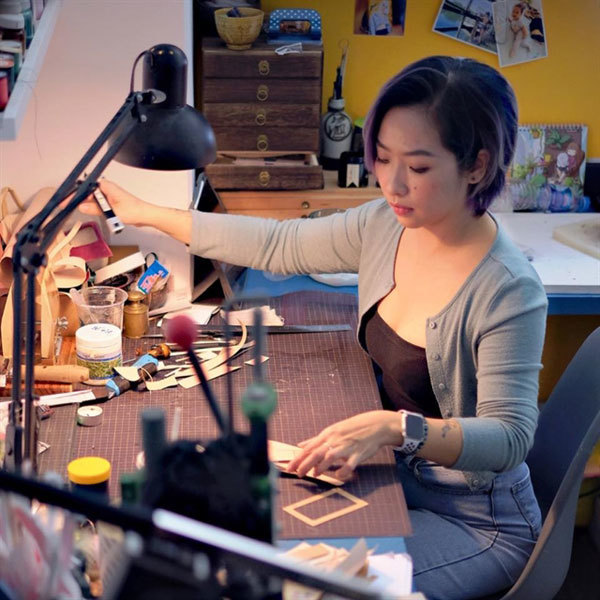 |
| Leather sculpture artist Nguyen Ngoc Dieu Linh at work. Photos courtesy of the artist |
Holding the leather in her hand, Linh, 33, from Hanoi, wanted to use it to make a small beautiful souvenir to keep by her side.
This small act stirred her curiosity, and inspired her to study in a new field known as cowhide sculpture, an elaborate technique of carving, embossing and dyeing the surface of cow leather with herbs.
Though leather carvings are relatively new in the country, Linh has become a well-known leather artisan in the nation’s capital. She may belong to the first generation of people using this particular technique.
Her exquisite handiwork has attracted the attention of many locals, particularly the young.
She is currently the owner of a handcrafted leather brand, established in 2015, which uses cowhide sculpture. Each product is a story, brought together to make a journey full of inspiration.
Speaking about the memory of the first leather gift, Linh said it was the spark to begin her career as a leather-worker, and she has stuck with it ever since.
"My first products were a simple wallet and glasses case that I still keep. Despite looking weird and awkward, they are unforgettable souvenirs, marking my first steps in the handicraft," Linh told Việt Nam News.
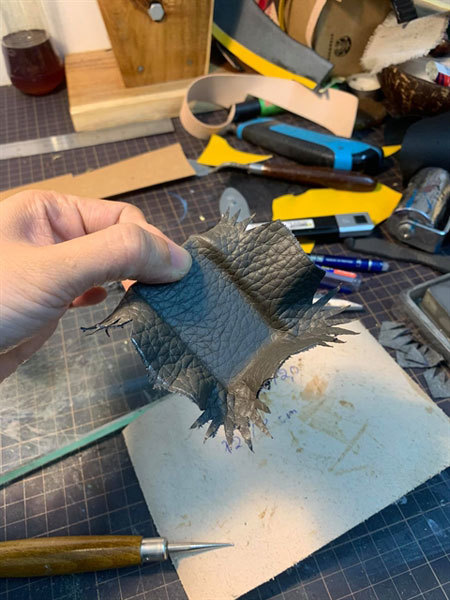 |
| From rough and simple pieces of cow leather, Linh makes artisanal products. |
Linh immediately decided to quit what was a good job so that she could be completely engrossed in her passion for leather.
"At that time, I was a graphic designer, specialising in creating banners for brands with a salary of about VND15 million (US$700) per month,” she said.
“I also owned a clothing store with a monthly income of tens of millions dong. So when I decided to quit my job and change my career, everyone expressed regret and surprise, especially my parents."
Her artistic talents grew after she entered the University of Architecture in Hanoi in 2007 and graduated in 2012, giving her a deeper feel for graphic design, geometry and colour.
"I first saw leather goods crafting as a hobby, relieving stress after giving birth to my baby," she said. “Besides, at that time I felt sitting in the office doing simple designs was boring and no longer suitable for me despite having had four years studying graphics.”
The Hanoian said her knowledge of leather sculpture was like "a blank page."
All of the techniques were new to her and she had to learn from scratch. Every day, she would go on Facebook, YouTube and Instagram to learn more about leather techniques.
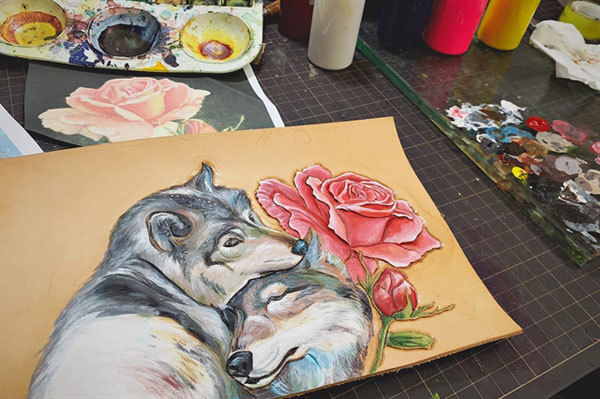 |
| An attractive work on leather by Linh. |
In a small room of about 10 square metres on Hanoi's Lo Duc Street, the sound of a hammer clanging steadily rings out for most of the day. Linh is clearly infatuated with her art.
The more she learns, the more she finds the leather industry a vast field, not as easy as she imagined.
"If you want to pursue a career, you must invest time in studying diligently," she said.
Usually, people choose wood, stone and, more strangely, eggshell for sculpture but Linh uses a special way of carving on cow leather.
"Cutting, sculpting, and sewing a piece of leather is not as simple as I thought. Because cowhide is very soft, even if it is cut and measured properly, without the technique, the sewing deviates," she said.
To make a product, the first step is to carefully choose the type of leather, which is usually about 3mm thick, but if a certain thinness is required can drop to around 1.5mm
To learn the basic carving lines, she had to practise for a year, just sitting, reading, studying, editing and cutting the product.
The carving starts with her sketching the image on the leather piece, which lightly absorbs water to soften, then using a knife to separate the strokes from the background into carved patterns, and adding contours around the image.
The work includes smoothing the leather to make it softer, shaping, floating 3D images, nudging and swiping the blocks. After this, the picture on the product is finished, coloured, and polished to increase durability.
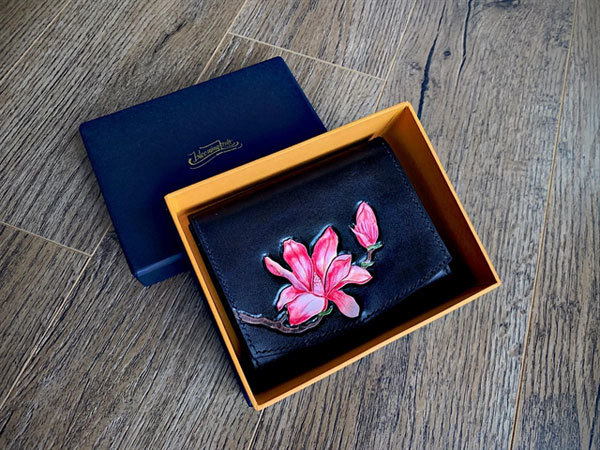 |
| A luxurious product by Linh. |
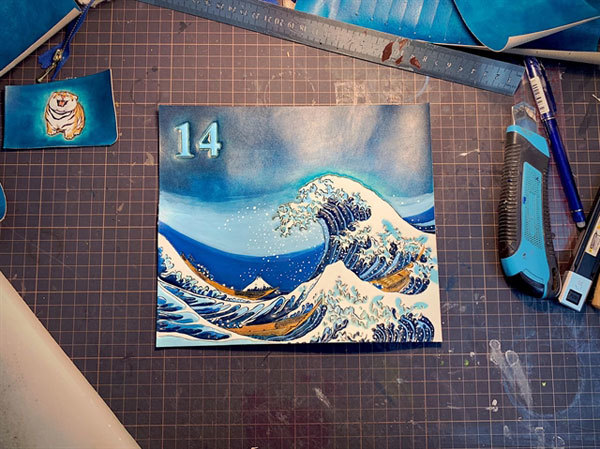 |
| Making a leather sculpture product takes time and hard work, along with artistic sense. |
Most leather types cannot be sculpted, and only herbal cowhide or Veg-tan (Vegetable tanned leather) is used.
"This type of leather is usually imported from Italy, Pakistan and Argentina, which has the advantage of a smooth surface and natural colour," she said.
It usually takes about eight hours to finish the carving. To dye simple shapes only takes 2-3 hours, but it can be up to two days for a more complex shape.
"The time to complete a product can be up to 14 days, depending on the complexity, but all details must be meticulously done," Linh said.
Linh produces plentiful product lines, depending on the needs of customers, including card straps, wallets, bags, backpacks, phone cases, notebooks and keychains.
A finished product must be sharp, 90-95 per cent engraved with the image required by the customer, especially in terms of colours, lines and overall harmony.
The purses and bags made from different types of cow leather have outstanding and sophisticated motifs, which stun buyers in their detailed brilliance.
Her customers are usually young and have certain preferences and understandings about leather goods. Most want to leave their personal impressions and stories on a product they own.
"Young customers make up the majority. They often want the product with carvings of their favourite characters, and sometimes there are very interesting stories inside," Linh said.
Linh wants to popularize leather carving among the young, making it a craft to be cherished by generations to come.
Source: Vietnam News
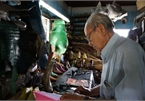
The octogenarian shoemaker in Saigon
At the age of 88, Trinh Ngoc still makes handmade leather shoes everyday. His store in HCMC’s District 3 has served both local and foreign guests for decades.
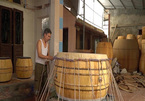
Beating drums stir the nation’s soul
At any number of social and cultural events around Vietnam, especially traditional festivals, drums feature as the centrepiece of almost all activities.